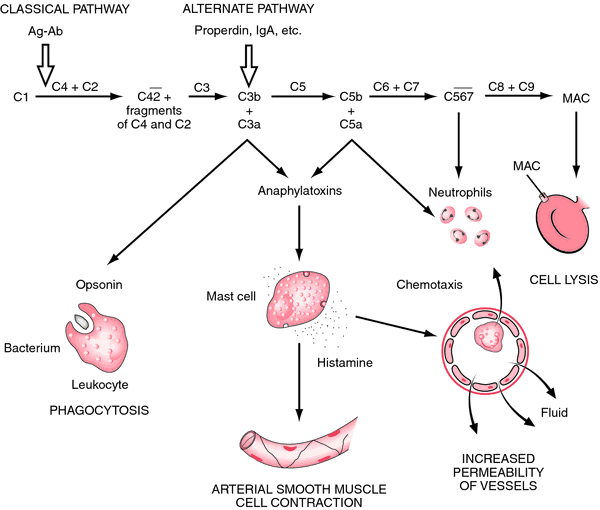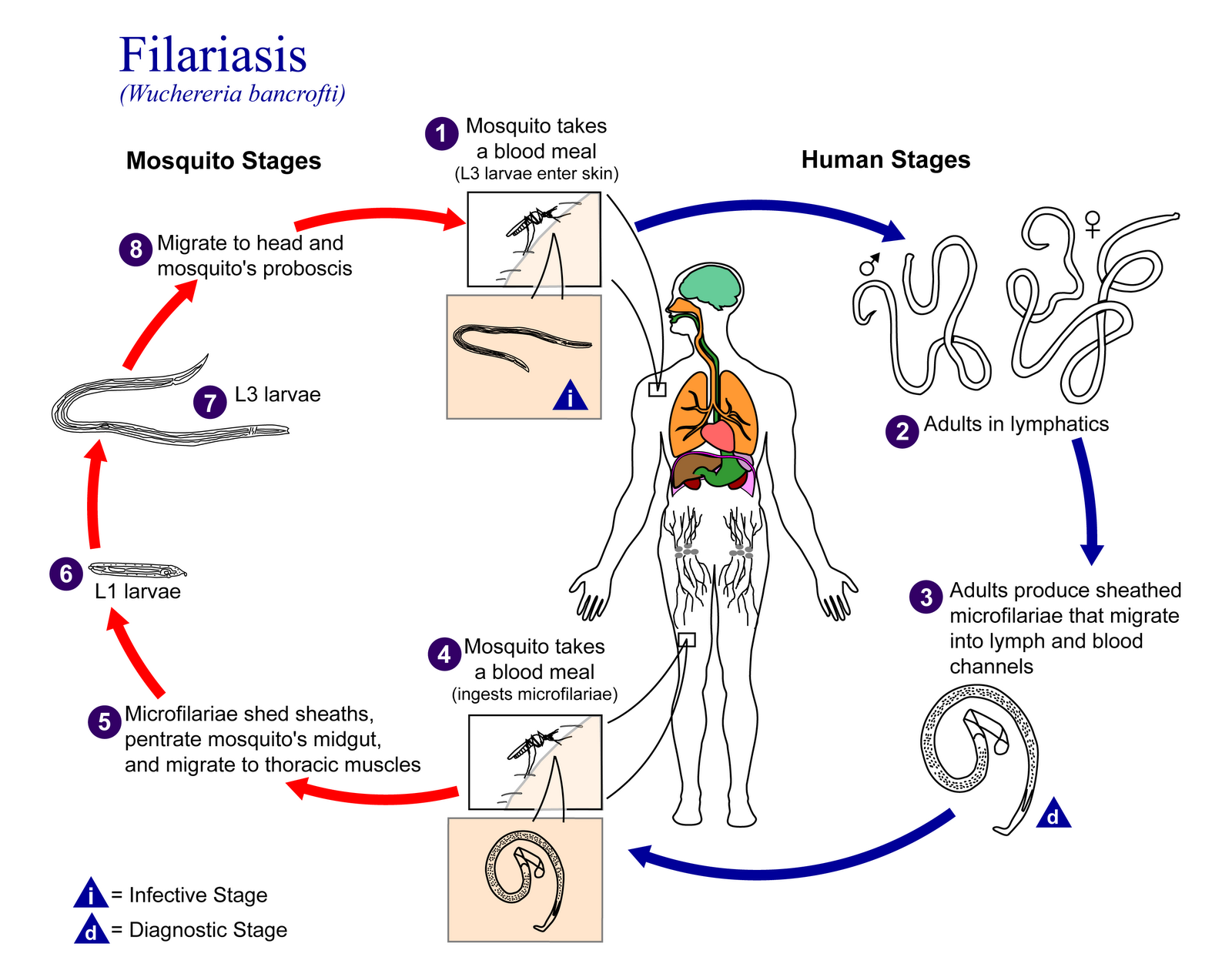As we near the end of the school
year, I cannot believe how fast time passes by. It seems like it was just
yesterday when we started learning about Immunology. Before I took this class I
knew nothing about the immune system except that it protects our body from
sicknesses and that it involves white blood cells. Now I feel like an expert
(although I’m not). We learned and covered many topics over the course of the
semester such the innate immune system, the adaptive immune system, the characteristics and
functions of different types of white blood cells, antigen processing and
presentation, the organs of the immune system, the different classes and
functions of different antibodies, the structure of B and T cells, MHC, and
cytokines. Although it may seem a lot of material, there is so much more to
learn.
The knowledge that I gained from
this semester will form the foundation that I will need as I continue my
education into the Medical Laboratory Science program. I saw in my course
outline that some of the courses are based off Immunology such as
Immunohematology, Clinical Immunology and Molecular Diagnostics, and Clinical
Bacteriology. The
labs this semester was beneficial, especially the ELISA test lab, ABO blood
typing, and counting the different white blood cells because I had a small
glimpse of what medical laboratory scientists work with. If I found the
labs this semester fun, I cannot wait what my clinical year in medical
laboratory science has in store.








